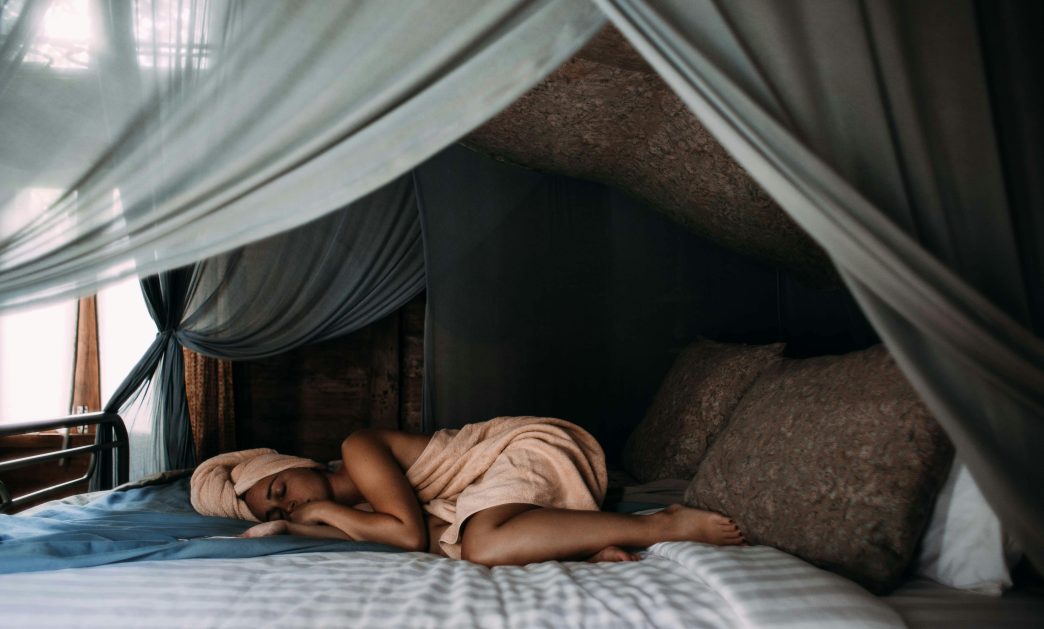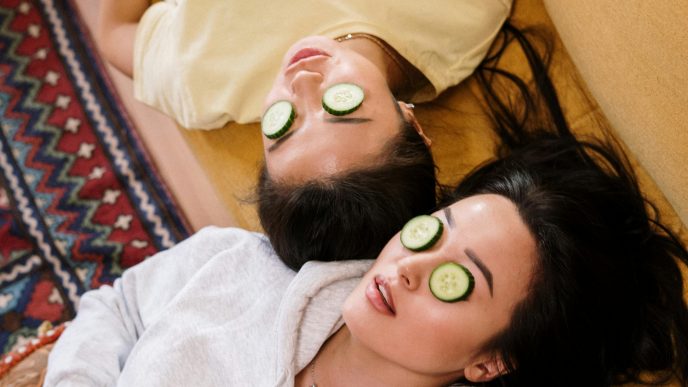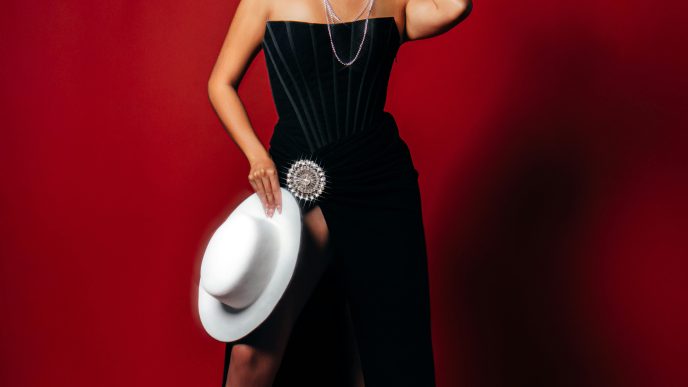We’ve all fallen asleep with damp hair at least once, but making it a habit can harm both your hair and scalp. While the occasional night likely won’t cause lasting damage, frequent sleeping with wet hair can weaken hair structure, trigger scalp issues, and leave your hair looking less than its best. Here’s why experts advise against it—and what to do if you can’t avoid it.
Weakened Hair and Breakage
Wet hair is more fragile because water softens the proteins in its structure, making strands prone to stretching and snapping. During sleep, friction between your hair and pillowcase can lead to tangling, frizz, and breakage. Over time, this can cause lasting damage and dullness.
Scalp Health Risks
A damp scalp provides an ideal environment for bacteria and fungi to thrive. Sleeping with wet hair regularly may increase your risk of dandruff, irritation, or fungal infections. Prolonged moisture can also cause itchiness and discomfort.
Impact on Style and Texture
Going to bed with wet hair often means waking up with unruly kinks and flattened strands. This can lead to extra heat styling in the morning—further contributing to dryness and breakage.
How to Minimize Damage
If you must sleep with wet hair, towel-dry it thoroughly first—microfiber towels work best, as they’re gentler and absorb moisture more efficiently. Consider braiding your hair loosely or tying it in a soft ponytail to reduce friction and tangling.
Switch to Silk or Satin Pillowcases
These smooth fabrics help minimize friction, keeping your hair softer and less prone to damage.
The Healthiest Habit
Dry your hair completely before bed whenever possible. If you’re short on time, use a blow dryer on a low heat setting, focusing on the roots to remove excess moisture from the scalp.
Bottom Line
Regularly sleeping with wet hair can compromise both your hair’s health and your scalp’s condition. Adjusting your nighttime routine can prevent damage, keep your hair looking its best, and maintain long-term scalp health.
Photos: Pexels
















